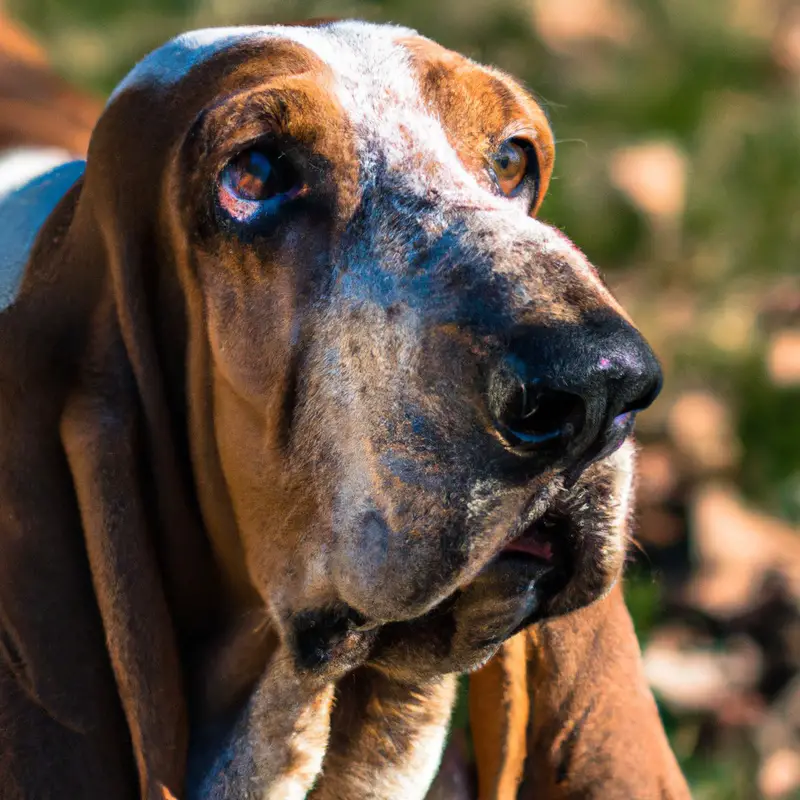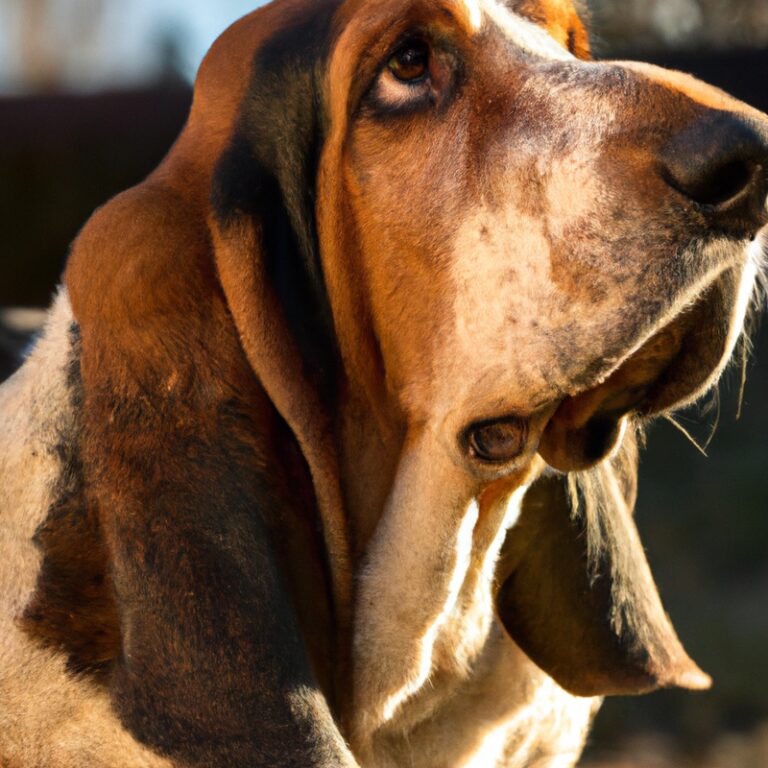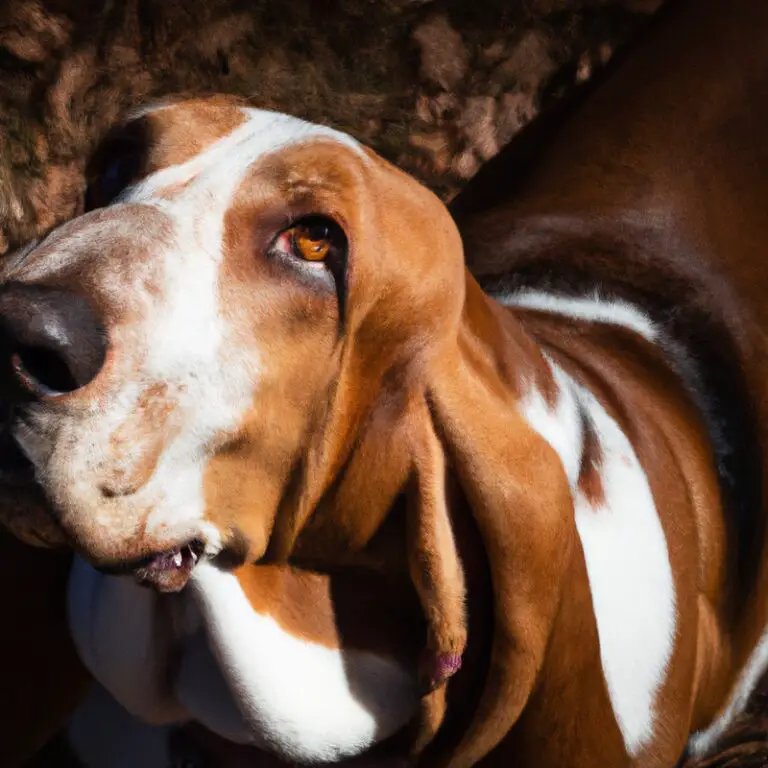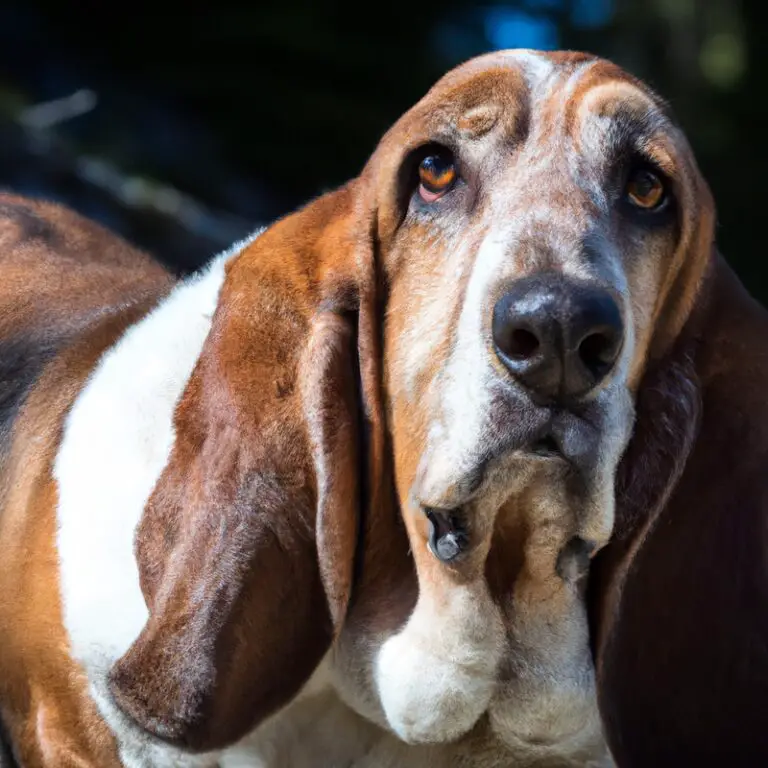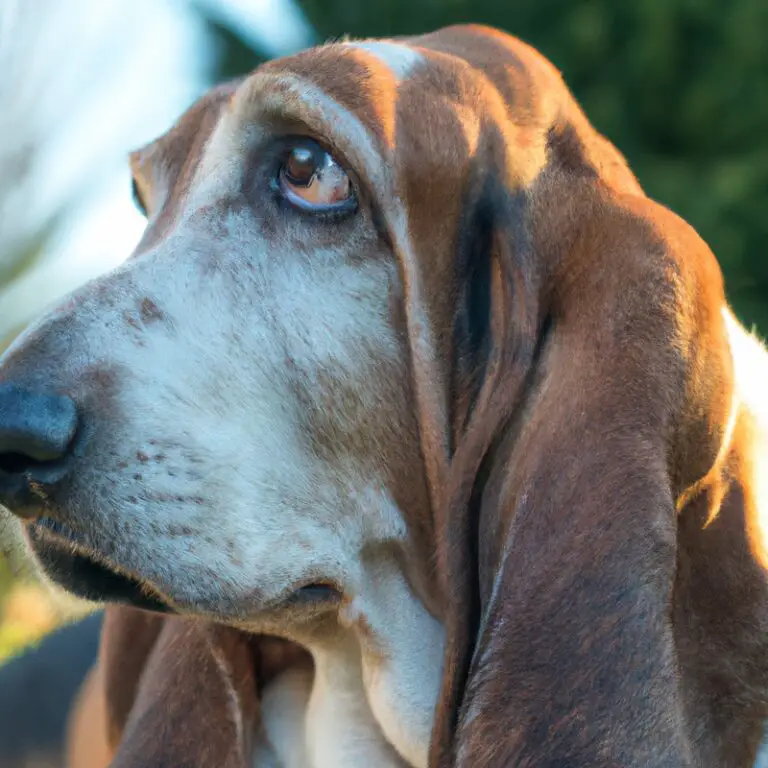What Are The Different Coat Colors Of Basset Hounds?
Key Takeaways:
- Basset Hounds come in a variety of coat colors, including tri-color, lemon and white, red and white, and tan and white.
- The coat colors of Basset Hounds can vary within each color category, resulting in unique patterns and markings.
- Coat color genetics in Basset Hounds are complex and involve multiple genes, leading to the wide range of coat colors observed.
- The coat colors of Basset Hounds are not typically associated with any specific health or behavioral traits.
Hey there! Are you curious to learn about the stunning coat colors of Basset Hounds? Well, you’re in the right place! As a passionate dog lover and proud owner of a Basset Hound, I’ve embarked on a mission to explore the vast array of coat colors these adorable hounds can come in.
In this article, we’ll dive into the common and rare coat colors, unveiling their beauty and charm.
Plus, we’ll unravel the genetic secrets behind these colors and provide helpful tips on how to care for your Basset Hound’s coat. Ready to be amazed?
Let’s get started!
| Coat Color | Description |
|---|---|
| Lemon and White | Mainly white coat with lemon-colored patches |
| Tri-Color | Black, white, and tan coat with distinct patches |
| Tan and White | Mainly white coat with tan-colored patches |
| Red and White | Mainly white coat with red-colored patches |
| Black and White | Mainly white coat with black-colored patches |
| Mahogany and White | Mainly white coat with rich mahogany-colored patches |
Common coat colors of Basset Hounds
Tri-color coats
Tri-color coats are a common and beloved coat color variation in Basset Hounds.
These coats consist of three main colors: black, white, and brown or tan.
The typical pattern includes a black base with white markings and patches of brown or tan.
The combination of these colors creates a unique and eye-catching look.
Basset Hounds with tri-color coats are easily recognizable and are often considered quintessential representatives of the breed.
Their coats require regular grooming and brushing to keep them looking their best.

Lemon and white coats
Basset Hounds with lemon and white coats have a unique and eye-catching color combination.
These dogs typically have a light, creamy yellow or “lemon” base coat with white markings on their faces, chest, and legs.
The lemon and white coat is considered a standard color in Basset Hounds and is recognized by breed standards.
The lemon and white coat can vary in intensity, with some dogs having a darker lemon shade while others have a lighter, almost off-white color.
It’s important to note that the lemon and white coat is different from the lemon coat, which is an even lighter shade without any white markings.
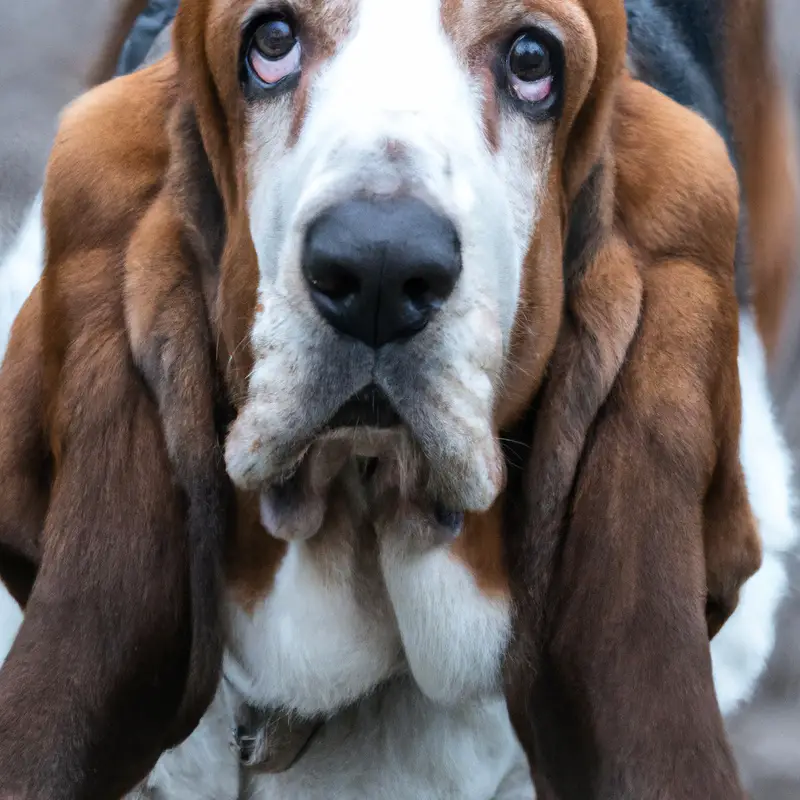
Red and white coats
Basset Hounds with red and white coats are quite charming and distinctive. Their coats typically feature a combination of red, which can range from deep mahogany to lighter shades, and white markings.
The red coloration is usually seen on the ears, face, and body, while white can be found on the chest, paws, and sometimes the tip of the tail.
This color combination gives them a unique and eye-catching appearance. Red and white Basset Hounds are adored by many and make wonderful companions.
Black and white coats
Black and white coats are one of the common coat colors found in Basset Hounds.
These coats typically consist of a black base color with white markings on the chest, feet, and tail tip.
The black and white combination gives them a striking and distinct appearance.
Basset Hounds with black and white coats are often admired for their beauty.
Taking proper care of their coat through regular brushing and grooming helps to maintain its health and shine.
Tricolor patterns and variations
Tricolor patterns and variations are common in Basset Hounds.
These dogs typically have a white base coat with patches of black and brown.
The black can vary from a deep black to a faded grey, while the brown can range from a dark mahogany to a lighter tan.
Some tricolor Basset Hounds may also have ticking, which is small specks of color on the white areas.
The distribution and size of the patches can vary, making each tricolor Basset Hound unique in their coat pattern.
Rare coat colors of Basset Hounds
Blue and gray coats
Basset Hounds with blue and gray coats are quite rare but absolutely stunning. These unique color variations occur due to a dilution gene that affects the dog’s hair pigmentation.
The blue color appears as a grayish-blue shade, while the gray color is a soft, subtle tone.
These coats can be solid or may have white markings. If you’re lucky enough to have a Basset Hound with a blue or gray coat, make sure to give them extra care and attention to keep their coat healthy and beautiful.
Chocolate and tan coats
Chocolate and tan coats are one of the rare color combinations found in Basset Hounds. These coats have a warm, deep brown color known as chocolate, which is typically seen on the body.
The tan color appears on the eyebrows, cheeks, legs, and underneath the tail.
This unique color combination gives Basset Hounds a distinctive and striking appearance. It’s important to note that chocolate and tan coats require regular grooming and care, just like any other coat color, to keep them healthy and looking their best.
Fawn coats
Fawn coats in Basset Hounds refer to a light, tan color that can range from a pale cream to a deeper shade of beige. This coat color is quite rare but absolutely stunning.
Fawn Basset Hounds typically have a white blaze on their face and may also have white markings on their chest and paws.
This color combination gives them a unique and elegant look. It’s important to note that fawn coats can come with different variations and patterns, making each Basset Hound truly one-of-a-kind.
Rare patterns and variations
Rare patterns and variations in Basset Hounds include ticking, brindle, and merle.
Ticking refers to small flecks of color dispersed throughout the coat.
Brindle coats have a striped or mottled pattern, while merle coats have a marbled or blotchy appearance.
Other variations may include piebald or spotted patterns.
These unique coat patterns make each Basset Hound truly one-of-a-kind.
However, it’s important to note that while these patterns are rare and visually appealing, they don’t affect the overall health or temperament of the dog.
Genetics of coat colors in Basset Hounds
Understanding the role of genes in determining coat color
Genes play a significant role in determining the coat color of Basset Hounds. They carry the instructions for producing the pigments responsible for different colors.
These pigments can vary depending on genetic factors, resulting in a wide range of coat colors and patterns.
Understanding the genes involved in coat color can help breeders predict and selectively breed for specific colors. The inheritance patterns of these genes can be complex, and breeders often use genetic testing to better understand and manage coat color genetics in their breeding programs.
Genes responsible for different coat colors
Different coat colors in Basset Hounds are determined by specific genes.
The main genes responsible for coat color are the Agouti signaling protein (ASIP) gene and the Melanocortin 1 receptor (MC1R) gene.
These genes interact and produce variations of black, brown, and red pigment.
The ASIP gene controls the distribution of black pigment, while the MC1R gene determines the production of red and brown pigment.
Variations in these genes result in the different coat colors seen in Basset Hounds.
Inheritance patterns of coat colors
The coat colors of Basset Hounds are determined by their genes, which are passed down from their parents. There are several inheritance patterns for coat colors in Basset Hounds.
Some colors, such as tri-color and lemon and white, are more common and follow a specific pattern of inheritance.
Other colors, like blue and gray or chocolate and tan, are rarer and have different inheritance patterns. Understanding these inheritance patterns can help breeders predict and produce specific coat colors in Basset Hounds.

Coat care tips for Basset Hounds
Brushing and grooming for different coat types
Regular brushing is essential for maintaining the coat of your Basset Hound. For smooth and short coats, a rubber brush or grooming mitt can remove loose hair.
Medium coats may require a slicker brush to prevent matting.
Long and wavy coats need a pin brush or comb to untangle knots. Start by brushing against the hair growth to remove dirt and debris, then brush in the direction of hair growth for a smooth finish.
Remember to check the ears regularly for any signs of infection and keep the nails trimmed to avoid discomfort.
Bathing frequency and products suitable for different coat colors
Basset Hounds have different coat colors that require different bathing frequencies and products.
For tri-color coats, bathing once every 4 to 6 weeks is usually sufficient.
Use a mild shampoo suitable for sensitive skin.
Lemon and white coats can be bathed every 6 to 8 weeks.
Opt for a whitening shampoo to maintain their bright color.
Red and white coats may require more frequent baths, about once every 3 to 4 weeks.
Use a shampoo formulated for deep cleaning and enhancing red tones.
Black and white coats should be bathed every 4 to 6 weeks.
Use a shampoo that enhances shine and promotes a healthy black coat.
Remember to always choose products suitable for your Basset Hound’s specific coat color to keep them clean and looking their best.
Preventing and managing common coat-related issues
Preventing and managing common coat-related issues with your Basset Hound is essential for their overall health and well-being.
To keep their coat in top condition, regular grooming is key.
Brushing their fur at least once a week helps to remove loose hair and prevent matting.
Additionally, regular bathing using appropriate products for their specific coat color can help keep their skin and coat healthy.
Keep an eye out for common issues such as dry skin, allergies, and parasites, and consult your veterinarian for proper treatment if needed.
By maintaining a consistent grooming routine, you can help prevent and manage these coat-related issues and keep your Basset Hound looking and feeling their best.
Final Verdict
The Basset Hound is a breed known for its unique and diverse coat colors.
From the common tri-color coats to the rare blue and gray coats, Basset Hounds offer a variety of options for potential owners.
Understanding the genetics behind coat colors can provide insight into the inheritance patterns and help breeders produce specific coat colors.
Proper coat care, including regular grooming and bathing, is essential for keeping Basset Hounds looking their best.
By knowing the different coat colors and how to care for them, Basset Hound owners can ensure their furry friends always turn heads.

